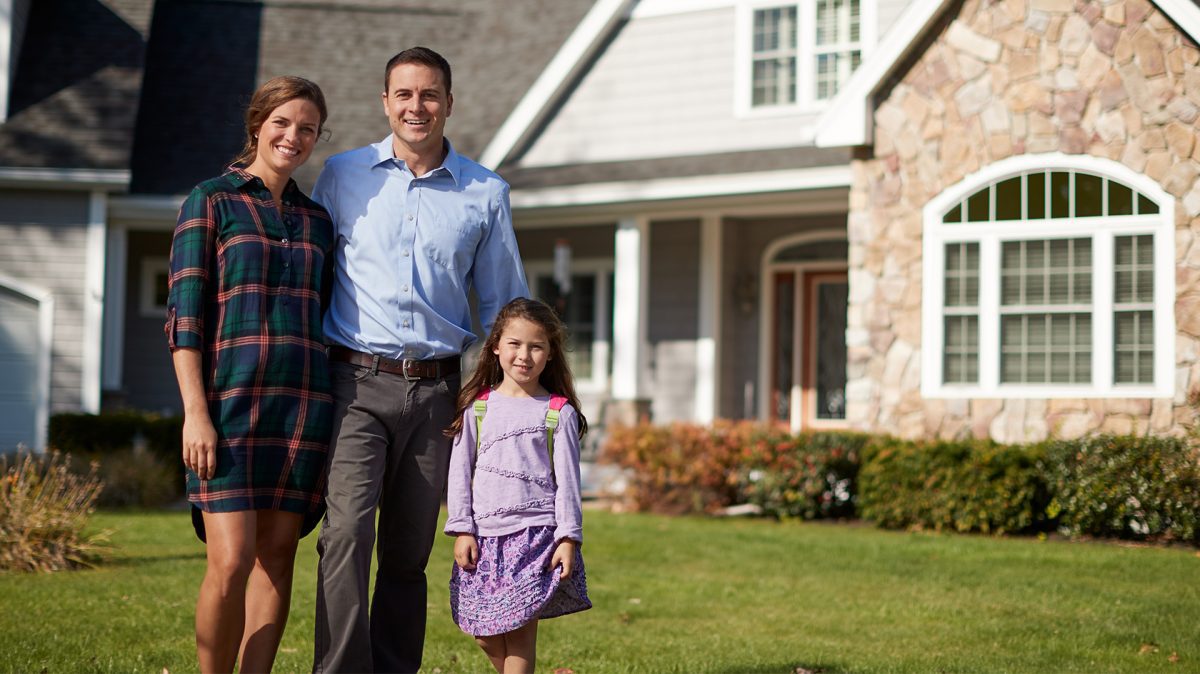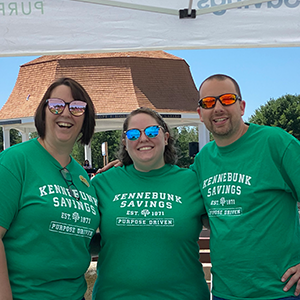
Navigating through homeowner’s insurance details shouldn’t be complex.
While homeowner’s insurance is typically required as part of your mortgage, making informed decisions on how to protect what is probably your biggest asset means asking lots of questions.
Because there are different types of homeowner’s insurance policies, with different kinds of coverage, at different costs, you should work with an agent you trust to determine which policy is right for you.
In the meantime, here are four things you should know about homeowner’s insurance:
It’s Not Just About the House
The cost of your insurance policy is partially based on the size, age, and condition of your home, but there are other factors that can affect the price as well—like how close you are to the ocean or how far your home is from the local fire department.
Other factors that can affect your homeowner’s insurance premium include:
- Fencing
- Pets
- Pools and trampolines
- Woodstoves
- Home updates
Things—including your personal property, electronics or other valuables—change so if you’ve been in your home for a while and have added or removed any of the above items or made home improvements, your policy is probably out-of-date. You could be at risk with coverage that isn’t as complete as it should be, or you may be paying too much for a policy that doesn’t account for the changes you’ve made over time.
You May Need Extra Property Coverage
Most homeowners policies cover some personal property, but there are items—like jewelry, art, firearms, and electronics—that are often capped at a certain value. If you own items that exceed that value and something happens, your standard policy won’t be enough.
When speaking with your insurance agent, try to have a list of any valuable items that might need additional insurance, with appraisals where possible, so you and your insurance agent can determine how best to protect these belongings.
Flood Insurance Is Not Included
It would be easy to assume that a homeowner’s policy that covers other accidental damage would cover you in the case of a flood, but flood insurance always must be purchased separately.
You may think that you don’t need flood insurance if you don’t live near a body of water. However, according to FEMA, more than 25 percent of the National Flood Insurance Program’s (NFIP) flood insurance claims are for structures outside identified flood plains. That’s why, in many cases, it’s better to be safe than sorry. So talk to your agent about whether you should consider an additional policy.
Liability Coverage Follows You Wherever You Go
Many people don’t realize that their homeowner’s insurance typically follows them when they leave home, providing protection from loss and theft of personal items and liability coverage for injuries or damage to property.
Here’s an example: Say you’re on a ski trip with friends and you fall, injuring one of your fellow skiers. The liability coverage in a standard homeowner’s insurance policy should cover your friend’s medical costs. Most policies carry from $300,000 to $500,000 of liability coverage.
The right homeowner’s insurance coverage can help you protect your home, your savings and even your future income. Whether you’re looking to purchase homeowner’s insurance for the first time, or need to update your current policy, Kennebunk Savings Insurance can find a policy that fits your life and budget. Contact one of our independent agents today.


